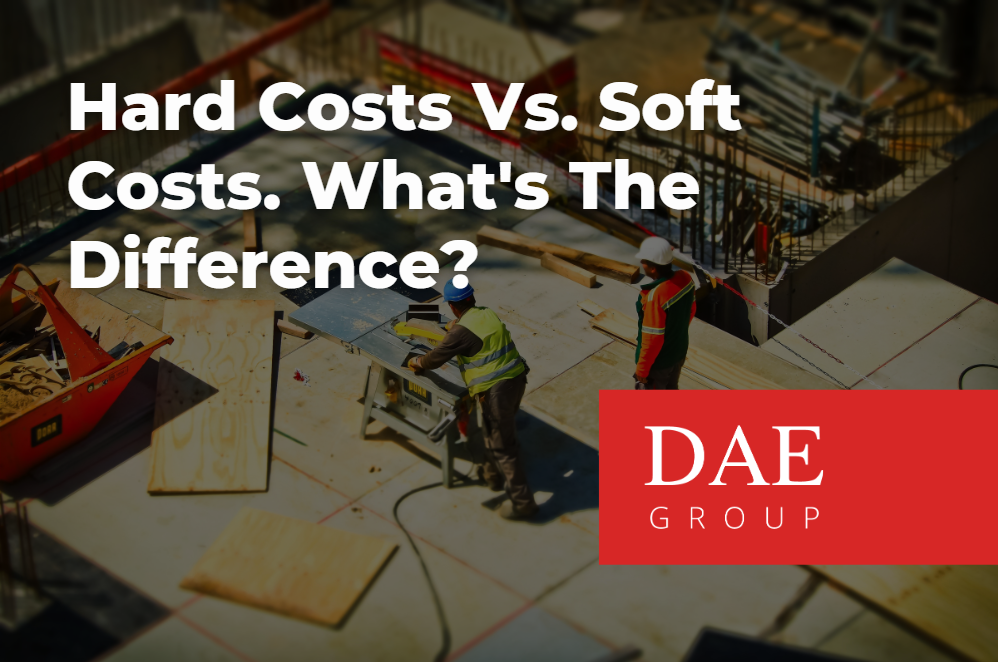There are many costs to consider and incorporate in a real estate project’s budget. In general, there are two main categories of costs to include: hard costs and soft costs.
Hard Costs
What Are Hard Costs?
Hard costs are those kinds of costs which are directly related to the construction of the structure. Often referred to as “brick & mortar” type costs, hard costs cover the actual physical construction of the project and include raw materials and labor.
Examples of Hard Costs
Some examples of hard costs include land assembly, labor and materials, tools, utilities, cement, life safety systems, paving, grading, HVAC and under landscaping hard costs you can include grass, trees, fertilizer, mulch, shrubs, bushes, art – the materials and labor to be purchased but not the landscaping upkeep or seasonal costs such as holiday lighting or snow removal.
Soft Costs
What Are Soft Costs?
Soft costs refer to all cost that are not covered by the physical construction of the building or structure such as architectural and engineering fees or legal fees.
Examples of Soft Costs
Some examples of soft costs during the initial stages of development might include research and 3rd-party reporting – environmental studies, competitive studies, marketing/demand studies — land carry fees, architecture and engineering, marketing, appraisal/title, legal, taxes during construction, insurance, loan origination, permitting and approval fees.
Upon completion of the project soft costs may include lingering legal fees, sales/leasing, management fees, repair and maintenance, replacement costs, landscaping, security, insurance and taxes.
Additionally costs such as movable furniture, hardware and software, internet and telephone systems are soft costs as well.
Another major distinction between hard costs and soft costs is that hard costs are no longer incurred after the completion of the construction, while soft costs continue to be incurred post-construction, such as management fees, and lawn & landscape maintenance.
Conclusion
Hard costs are more tangible and easier to estimate than soft costs. Given a project’s plan and design, everything that needs to be estimated is known and costs can be anticipated very reliably.
Soft costs are more intangible and look out into the future a lot longer than hard costs. It is easy to underestimate legal cost and operating expenses, especially after five years. It is easy to omit or underestimate reserves for replacement costs or omit expenses for tenant turnover such as repairing carpets, draperies, appliances and repainting.
It is essential that developers and investors use an experienced owner’s representative, such as DAE Group, to help them more effectively and competitively anticipate hard and soft costs to develop a more meaningful pro forma and increase the likelihood of project’s success.

